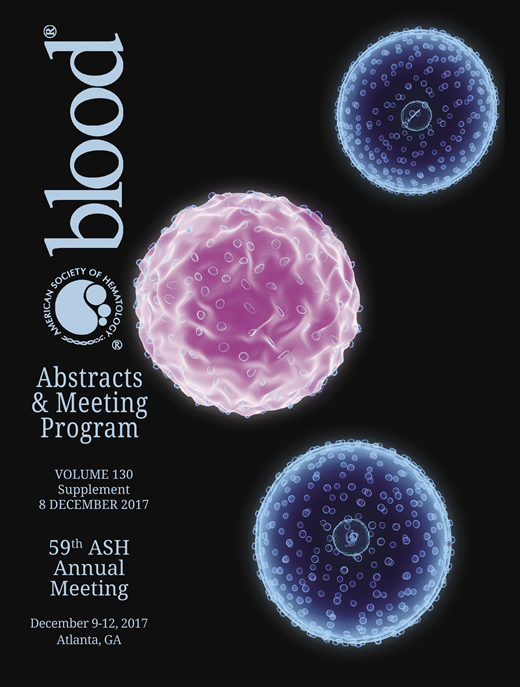Abstract
Introduction: Advanced imaging with whole body MRI (WB-MRI) or positron-emission tomography (PET) is increasingly utilized in multiple myeloma (MM) as a diagnostic and prognostic modality. WB-MRI has become the standard of care for discerning active from asymptomatic multiple myeloma based on updated International Myeloma Working Group guidelines. WB-MRI is far superior to standard metastatic bone survey (MBS). It may outperform PET scan in some respects, namely in detection of the pattern and the extent of bone marrow infiltration, and its unique capability to quantify both burden of disease and response to treatment. We report on Yale method of WB-MRI protocol performed without gadolinium that differs from previously published methodology.
Methods: WB-MRI imaging protocol was performed on a Siemens 3 Tesla magnet with a moving table, with the average imaging time of 60 minutes. It consisted of the following sequences: 1) Sagittal T1 of the total spine; 2) Coronal STIR (fluid sensitive) from the skull vertex through the ankles in 6 different stations, with merged images; 3) Coronal T1 (fat sensitive) from the neck through the feet in 5 stations, with merged images. We performed both baseline MBS and WB-MRI on 15 patients with newly diagnosed MM prior to initiation of therapy.
Results: The WB-MRI imaging studies were reviewed and a standardized scoring system was designed to describe myeloma lesions based on the following parameters: 1) Size <1 cm, 1-3cm, >3cm: 1-3 points; 2) Endosteal scalloping: 1 point; 3) Associated marrow or periosteal edema: 1 point; 4) Cortical breakthrough: 1 point; 5) Associated soft tissue mass 1 point. This scoring system will be further validated in a larger prospective study of newly diagnosed patients with MM before and after induction. WB-MRI and MBS were evaluated for respective merits for disease staging and their impact on treatment decisions. Our WB-MRI protocol detected myeloma lesions in 33% of patients (5/15), whereas MBS identified lesions in only 6% (1/15). Overall, information obtained from WB-MRI significantly influenced the patient's staging in 73% of patients (11/15), and directly impacted treatment decisions in 46% of patients (7/15). WB-MRI identified myeloma bone lesions, which otherwise would have been missed by standard bone survey in 27% of patients (4/15). Myeloma related bone lesions occurred predominantly in the axial skeleton, most commonly seen in cervical, thoracic, lumbar spine and pelvis.
Conclusion: Our method of WB-MRI protocol incorporates MM lesion scoring system, can be applied to patients regardless of renal impairment, provides valuable information on the extent and the stage of disease, and significantly influences treatment decisions. The proposed scoring system for myeloma lesions will be further validated in a larger prospective study for patients in newly diagnosed multiple myeloma.
No relevant conflicts of interest to declare.
Author notes
Asterisk with author names denotes non-ASH members.

